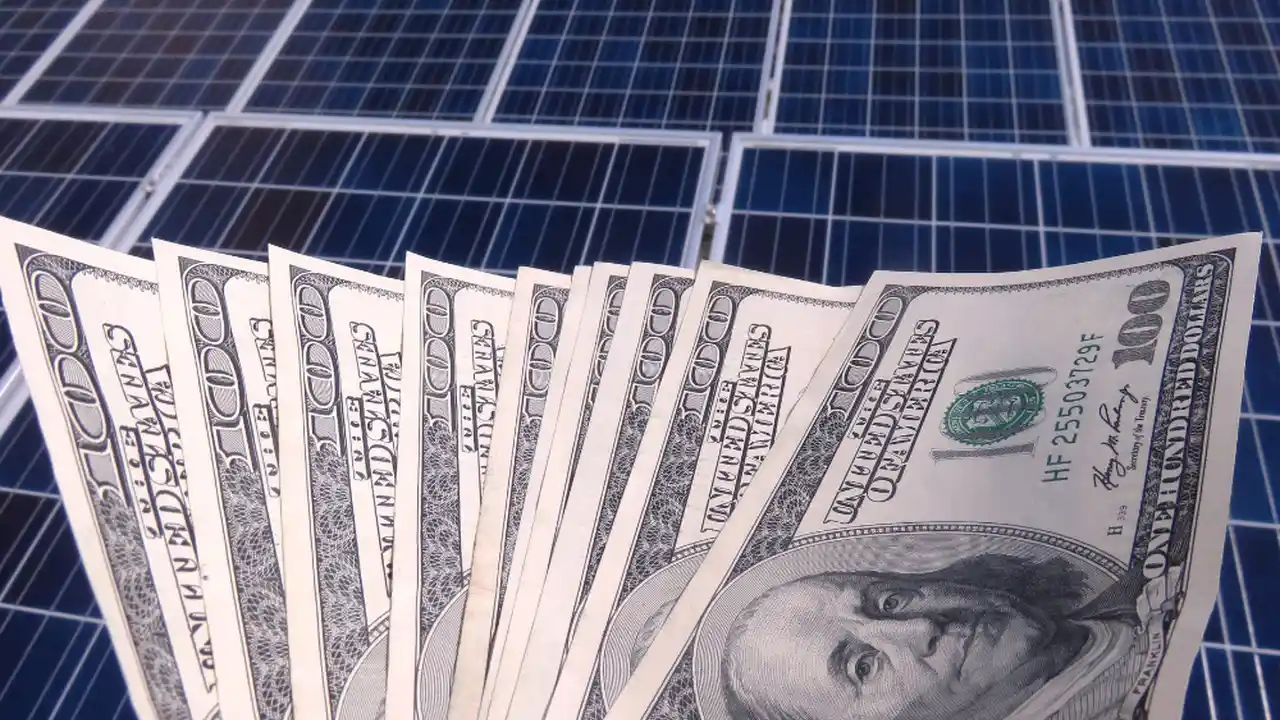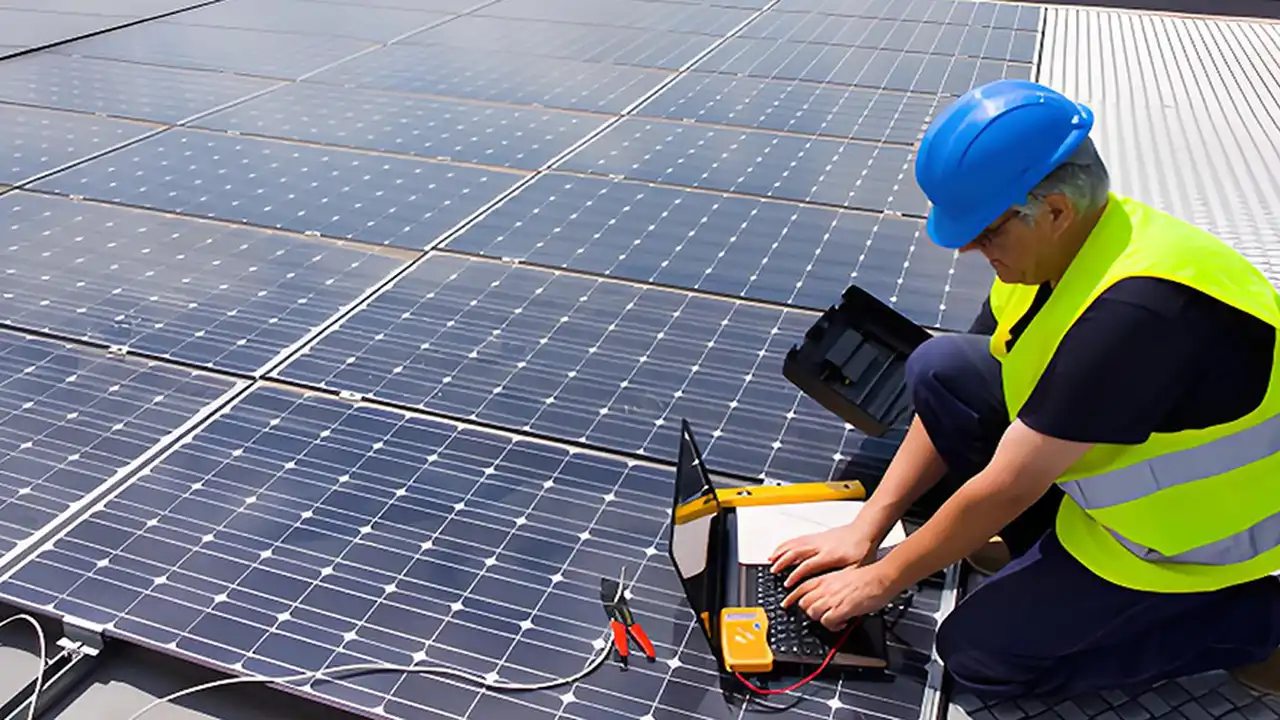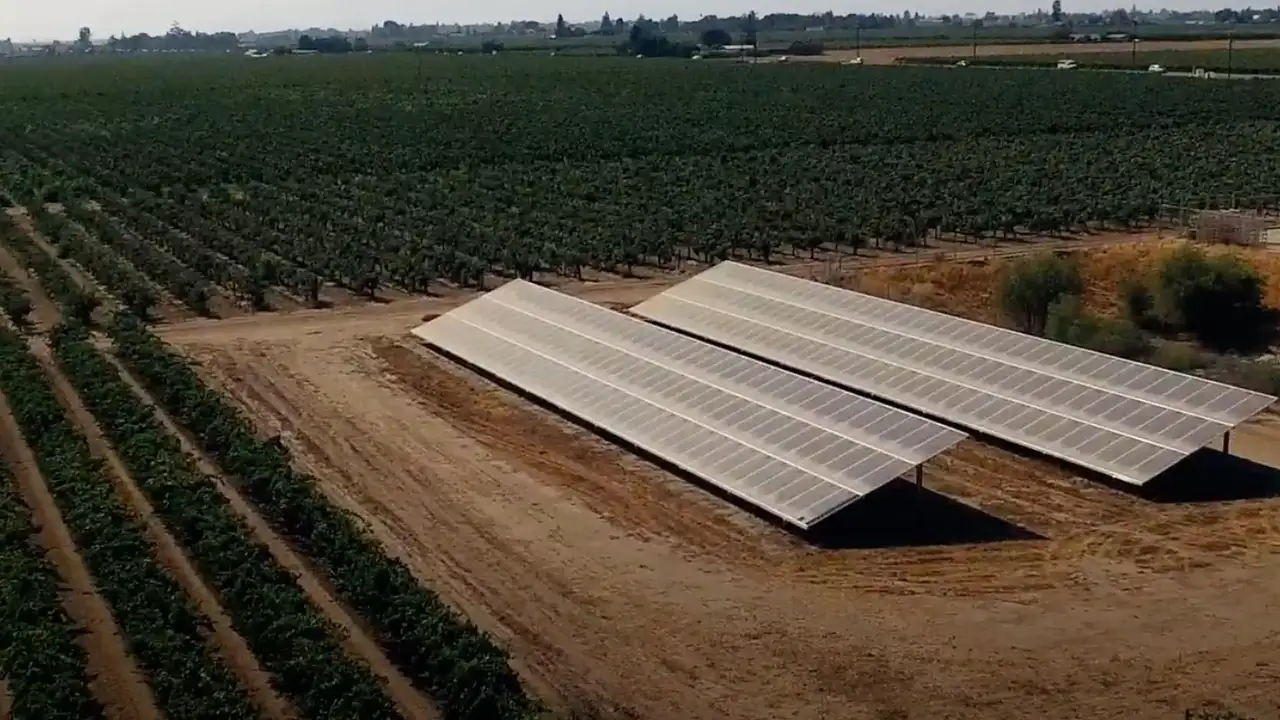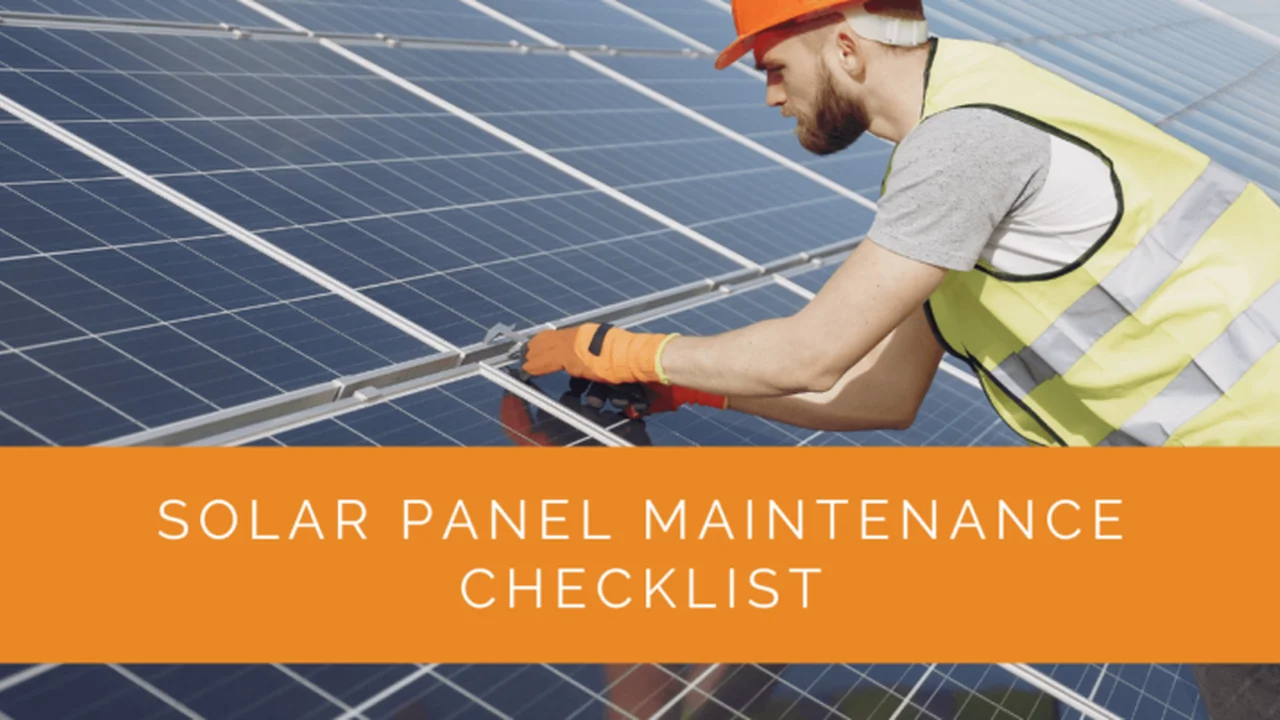Solar Panel Rebates and Incentives: Maximizing Your Savings

Understanding Solar Panel Tax Credits Federal Incentives and State Programs
So, you're thinking about going solar? Awesome! One of the biggest questions folks have is, "How can I make this more affordable?" Well, that's where rebates and incentives come in. Think of them as discounts and perks for doing something good for the planet (and your wallet!). We'll break down the different types of incentives you can snag, from federal tax credits to state-specific programs.
First up, let's talk about the big kahuna: the Federal Solar Tax Credit, officially called the Investment Tax Credit (ITC). This bad boy lets you deduct a percentage of the cost of your solar panel system from your federal taxes. Currently, it's at 30%, which is a pretty sweet deal. So, if your system costs $20,000, you can potentially knock off $6,000 from your federal tax bill. Keep in mind, this is a tax credit, not a direct cash payment. You need to have enough tax liability to take full advantage of it. Consult with a tax professional to understand your specific situation.
But wait, there's more! Many states also offer their own solar incentives. These can come in the form of tax credits, rebates, or even performance-based incentives (where you get paid for the electricity your system generates). Check your state's energy website or look up the Database of State Incentives for Renewables & Efficiency (DSIRE) to see what's available in your area. These state incentives can often be stacked on top of the federal tax credit, making solar even more affordable.
Exploring Solar Rebates Utility Company Programs and Local Options
Besides tax credits, keep an eye out for rebates offered by your local utility company. These are often direct cash rebates that can significantly reduce the upfront cost of your solar system. Utility rebates are designed to encourage customers to adopt renewable energy and can vary widely depending on your location and utility provider. Contact your utility company directly to inquire about their current solar rebate programs.
Don't forget to check for local government programs and incentives, too! Some cities or counties offer additional rebates or grants to homeowners who install solar panels. These programs are often aimed at promoting sustainability and reducing carbon emissions within the community. A quick Google search for "solar incentives [your city/county]" should point you in the right direction.
Net Metering Understanding How to Get Paid for Excess Solar Energy
Okay, so you've got your solar panels, they're generating electricity, and sometimes you're making more power than you're using. What happens to that extra juice? That's where net metering comes in. Net metering is a billing mechanism that allows you to send excess solar energy back to the grid in exchange for credits on your electricity bill.
Think of it like this: your electric meter runs backward when you're sending power to the grid. At the end of the month, the utility company compares the amount of electricity you used with the amount you sent back. If you sent back more than you used, you'll receive a credit on your bill for the excess energy. Net metering policies vary by state and utility company, so it's important to understand the specific rules in your area. Some utilities offer full retail rate compensation for excess energy, while others offer a wholesale rate.
Solar Panel Product Recommendations Performance Comparisons and Pricing Details
Alright, let's dive into some specific solar panel recommendations. There are tons of options out there, so we'll focus on a few popular brands and models that offer a good balance of performance, reliability, and price.
REC Group Alpha Series
REC Group is a well-respected manufacturer known for their high-efficiency panels. The Alpha Series is a great option for homeowners looking for maximum power output in a limited space. These panels utilize heterojunction (HJT) cell technology, which allows them to generate more electricity from sunlight.
Use Case: Ideal for homes with limited roof space or those who want to maximize their solar energy production. Perfect for homeowners willing to invest in premium technology for long-term energy savings.
Comparison: Compared to standard polycrystalline panels, the REC Alpha Series offers significantly higher efficiency and power output. They also perform better in hot weather conditions.
Pricing: Expect to pay a premium for REC Alpha Series panels, typically in the range of $3.00 - $3.50 per watt.
Panasonic EverVolt Series
Panasonic is another top-tier manufacturer with a long history of producing high-quality electronics. Their EverVolt series panels are known for their reliability, durability, and industry-leading warranties. Panasonic EverVolt panels are designed to withstand harsh weather conditions and maintain their performance over time.
Use Case: Excellent choice for homeowners who prioritize reliability and long-term performance. Suitable for areas with extreme weather conditions, such as heavy snow or high winds.
Comparison: Panasonic EverVolt panels offer a comprehensive warranty that covers both product defects and performance degradation. This provides peace of mind for homeowners concerned about the long-term investment.
Pricing: Panasonic EverVolt panels typically cost between $2.80 - $3.30 per watt.
Q CELLS Q.PEAK DUO Series
Q CELLS is a German-Korean manufacturer that offers a good balance of performance and affordability. Their Q.PEAK DUO series panels are a popular choice for homeowners on a budget. Q.PEAK DUO panels feature half-cut cell technology, which improves efficiency and reduces shading losses.
Use Case: A great option for homeowners looking for a cost-effective solar solution without sacrificing performance. Suitable for a wide range of residential applications.
Comparison: Q CELLS Q.PEAK DUO panels offer a competitive price point compared to premium brands like REC and Panasonic, while still providing good efficiency and reliability.
Pricing: Q CELLS Q.PEAK DUO panels typically cost between $2.50 - $3.00 per watt.
Maximizing Your Solar Savings Tips and Tricks
Okay, so you've got the basics down. Now, let's talk about maximizing those savings. First, get multiple quotes from different solar installers. Prices can vary significantly, so it's important to shop around and compare your options. Don't just focus on the upfront cost; consider the long-term performance and warranty offered by each installer.
Also, make sure your roof is in good condition before installing solar panels. Replacing your roof after the panels are installed can be a costly and time-consuming process. It's best to address any roofing issues before going solar.
Finally, consider pairing your solar panel system with a battery storage system. Battery storage allows you to store excess solar energy for use during power outages or at night. This can increase your energy independence and further reduce your reliance on the grid.
Understanding Solar Panel System Costs Installation Expenses and Financing Options
Let's be real, solar panels are an investment. Understanding the costs involved is crucial for making informed decisions. The total cost of a solar panel system typically includes the cost of the panels themselves, installation labor, permitting fees, and equipment such as inverters and racking.
Installation costs can vary depending on the complexity of the installation, the type of roof, and the location of your home. Permitting fees are charged by local governments to ensure that the solar panel system meets safety and building codes.
Fortunately, there are several financing options available to help you pay for your solar panel system. These include solar loans, leases, and power purchase agreements (PPAs). Solar loans allow you to borrow money to purchase the system outright. Solar leases and PPAs allow you to pay for the energy produced by the system without owning it.
:max_bytes(150000):strip_icc()/277019-baked-pork-chops-with-cream-of-mushroom-soup-DDMFS-beauty-4x3-BG-7505-5762b731cf30447d9cbbbbbf387beafa.jpg)






